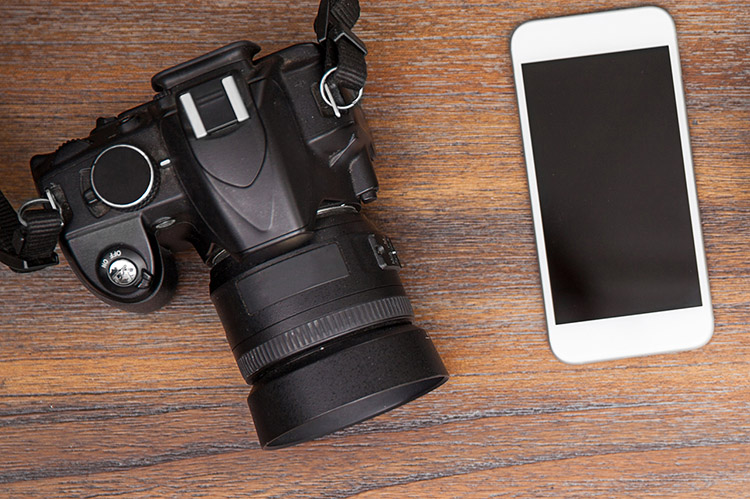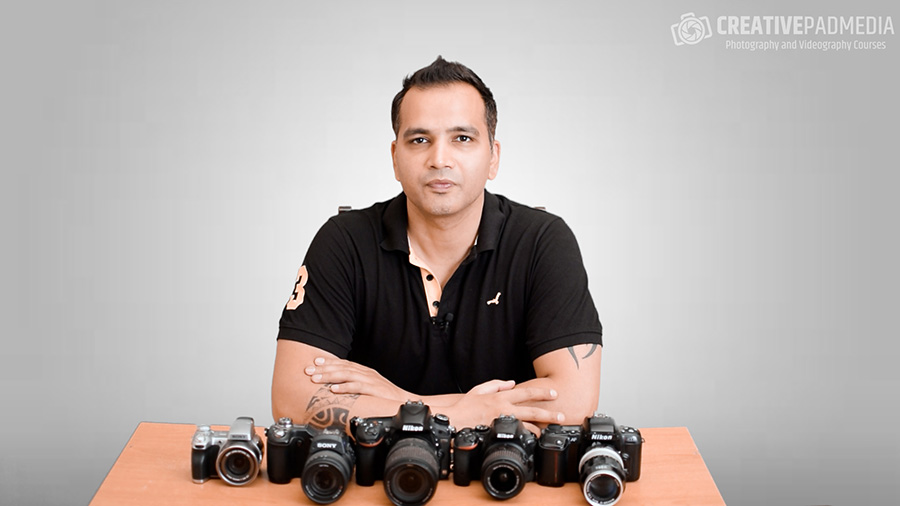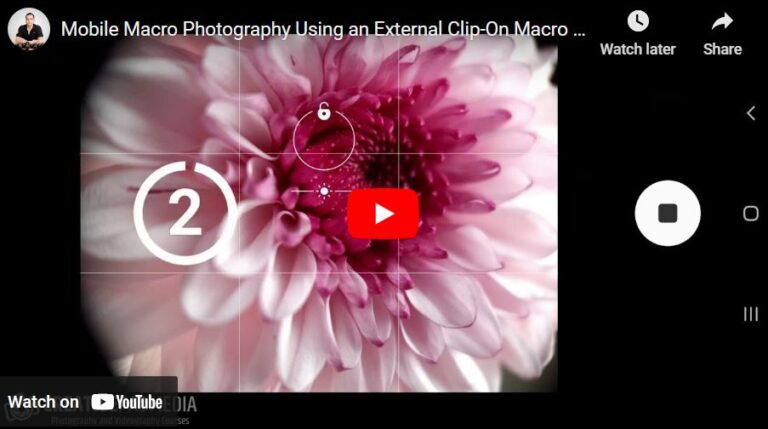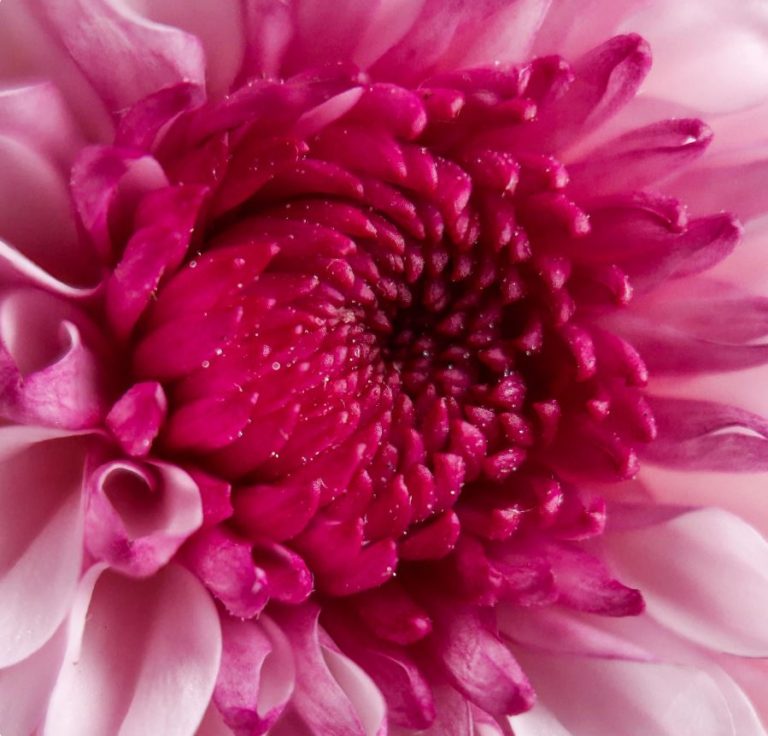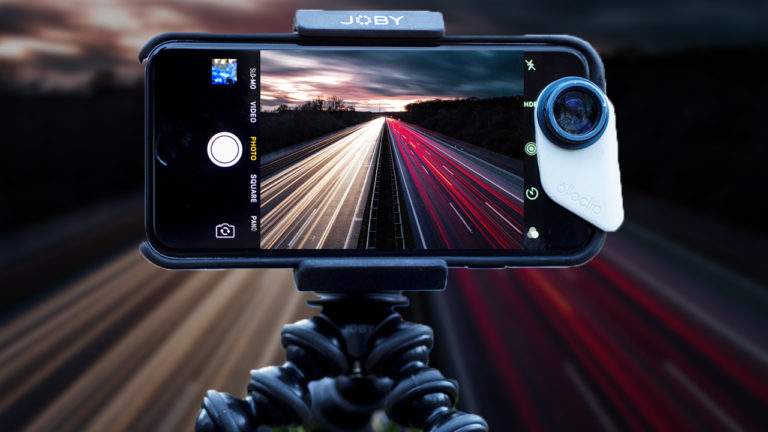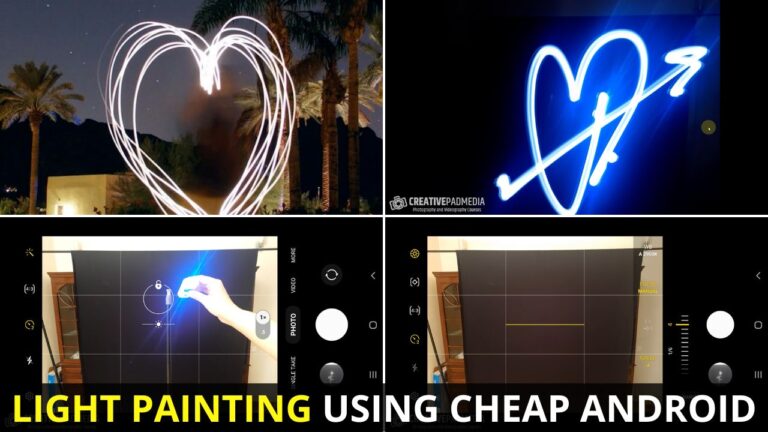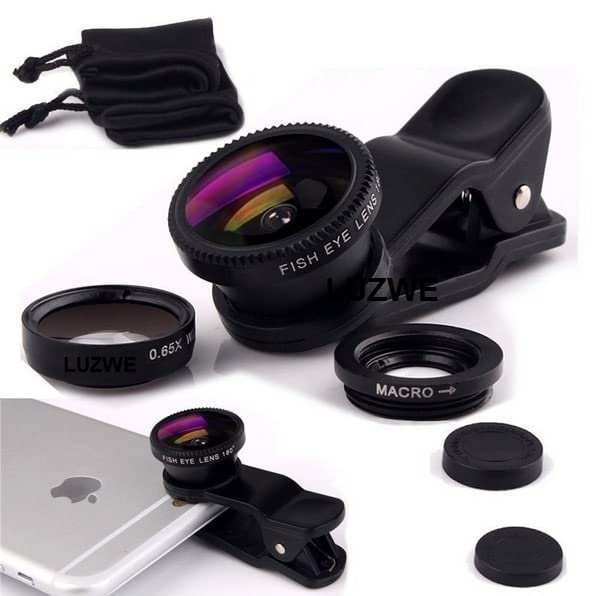Mobile VS DSLR/Mirrorless Photography
I’m currently in the process of creating a Mobile Photography course and I have never had so much fun creating a course than I am having creating this one. I am learning so much myself.
Few days back I shot the Food and Product Photography section for this course and I wanted to show you something which will help you understand the difference between mobiles and DSLRs.
Here is the shot I got from my phone (Android):

I also took the same shot with my DSLR (Nikon D750 with 35mm f1.8)

What are the differences?
The first major difference is in the depth of field.
On phone cameras, it’s not that easy to get a shallow depth of field.
You can see that the oranges behind the bottle came out much more blurred in the DSLR shot.
This is because in phones, the sensor size is very small and this causes something called as an Aperture Multiplier effect, which basically means that even if the Phone shot is taken at the same aperture (f-stop number) as the DSLR shot, it will still not blur the background that much because the effective aperture will still be narrower. Also, the lens on a phone cannot be compared to a prime lens like the 35mm f1.8.
In simple language, it means it’s more difficult to blur the background in Phone shots.
The second difference is in the image quality.
In the above two shots, the image quality may look similar but just see what happens when I zoom in to the logo by cropping the image.
This the DSLR image:

You can see it’s still tack sharp and the details are preserved.
Now here is the phone shot:

This time you can see that the image quality really deteriorates.
Now here is the interesting part.
The sensor of the D750 has 24.3 Megapixels.
Whereas the sensor of the Android phone I am using has 64 Megapixels.
Still the cropped image from the D750 looks better.
Why?
Because Megapixels are just a marketing gimmick by phone companies.
Cramming a higher number of pixels into the sensor is not as important as the quality of the pixels.
Pixels are nothing but photosites on the sensor that receive and absorb light to form the image.
The quality and size of photosites (pixels) is more important and that’s why phone manufacturers try to compensate that by adding more pixels.
Because the only way to compete with DSLR or Mirrorless cameras would be to increase the size of the sensor in phone cameras but that would also mean you will get bigger and bulkier phones and no one wants that.
So what is my point?
I’m not trying to downplay mobile photography but the fact is that phones are still a long way away from competing with professional cameras.
So can you do professional photography using a budget smartphone?
Yes, you can, but if the client DOES NOT require big printouts. If it’s only for social media posting, then you can definitely use a smartphone also.
Otherwise you will either need a professional camera or a very high-end Smartphone.
But overall, mobile photography is here to stay and it will only get better.
That’s why I am very excited to finish this course. Yesterday I completed shooting the Macro Photography section in the course and I will soon share the images on my Instagram account so do follow me there.

